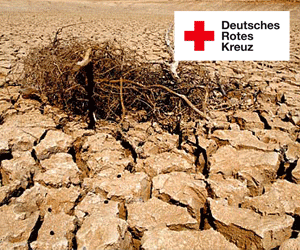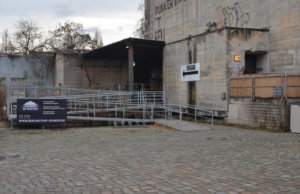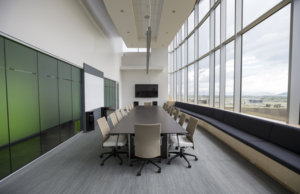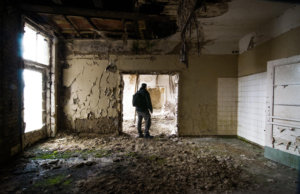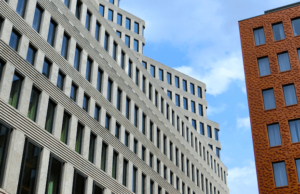Experts say extreme weather conditions such as heat waves or floods will become commonplace in northern Germany as climate change intensifies.
Will climate change really affect northern Germany?
The term “climate change” isn’t new, of course.
And sure, other countries, especially those closer to the equator and with significant coastlines, are expected to feel the effects of climate change much harder.
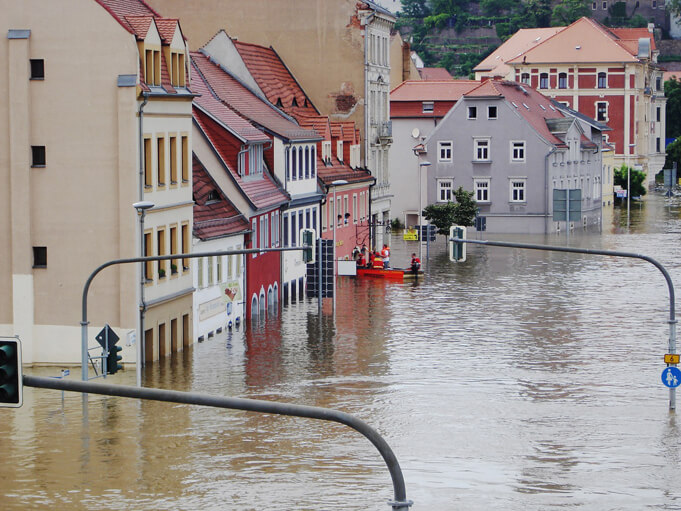
But northern Europe is no exception. Extreme flooding has already occurred in Germany this summer, and is expected to become more frequent.
Sponge City?
To make Berlin more resilient and livable in the coming future, the Senate of Berlin, utilizing experts’ urban design concepts, released the plan “StEP Klima KONKRET”. This seeks to tackle extreme conditions by making Berlin a “Sponge City” or Stadtschwamm in German.
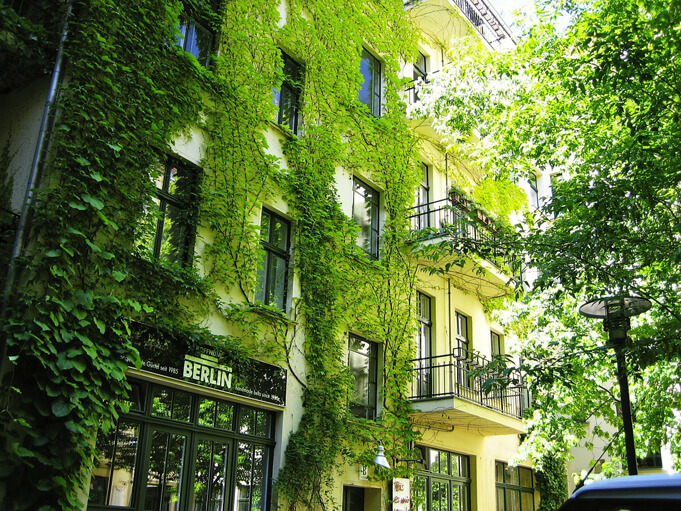
The plan includes methods such as:
- Planting more trees and constructing sidewalk awnings to provide shade
- Constructing new and retrofitting old buildings with livable green roofs
- Light colored buildings which reflect rather than absorb heat
- Constructing heat resistant road surfaces to prevent tarmac melting
- Establishing urban wetlands
- Integrating permeable surfaces—including streets, parking lots, etc.—which can absorb and store water during heavy rainfalls
Heike Stock: “Water management is key”
The municipal officer in charge of the program, Heike Stock, says that water management is an integral part to the success of the plan.
“The key is to avoid sealing up too much of the ground surface with concrete or tarmac. Wherever possible, we want water-permeable surfaces. For example, parking areas and median strips can be resurfaced to allow water absorption into the ground.”
This also includes promoting increased greenery throughout the city. Green roofs—planting mosses or grasses on a buildings rooftop—are one strategy.
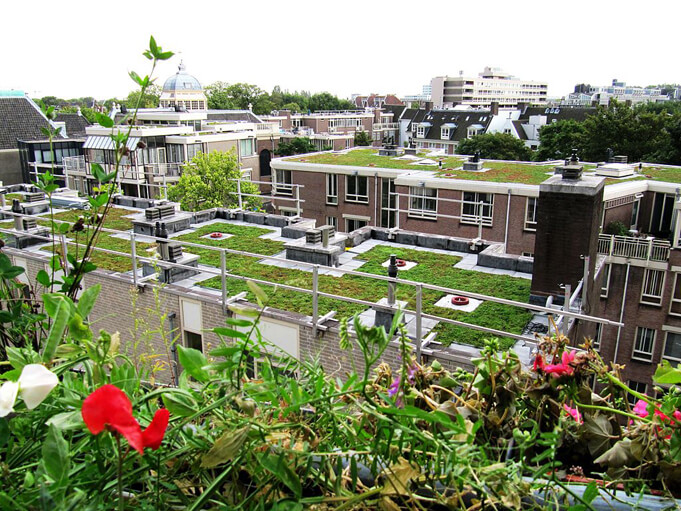
Through green roofs, however, rainwater is absorbed in the greenery and can be later released through evaporation. This also creates a cooling effect for the air (known as evaporative cooling).
In addition, Stock says the city also wants to include more tools to retain rainwater within the cityscape, allowing part of it to evaporate and the rest to be slowly released into the waterways.
“We also want to see more features like ponds, ditches and urban wetlands, as well as parks and green-spaces, including inner courtyard gardens and green strips along roads, capable of absorbing a lot of water during heavy rainfall events,” Stock said.
Mandatory for real estate developers?
The plan’s recommendations will not be mandatory for developers. However, they will have to be “considered” during the planning process.
“The city will use its powers to negotiate agreements with real estate developers over the details of projects subject to planning permissions to encourage climate-adaptive features like green rooftops,” said Stock. “We really want to avoid new buildings that aren’t adapted to a hotter climate, which would result in people installing electricity-hungry air-conditioning units during summers in future.”
Retrofitting old buildings is also integral to the strategy.
“In cases where a building’s roof is getting tired and needs to be replaced anyway, it can be a smart business move to replace it with a combination of solar panels, planted green surfaces, and a deck accessible to the residents,” Stock says. “That enhances the value of the property and makes it more attractive to renters or buyers.”







